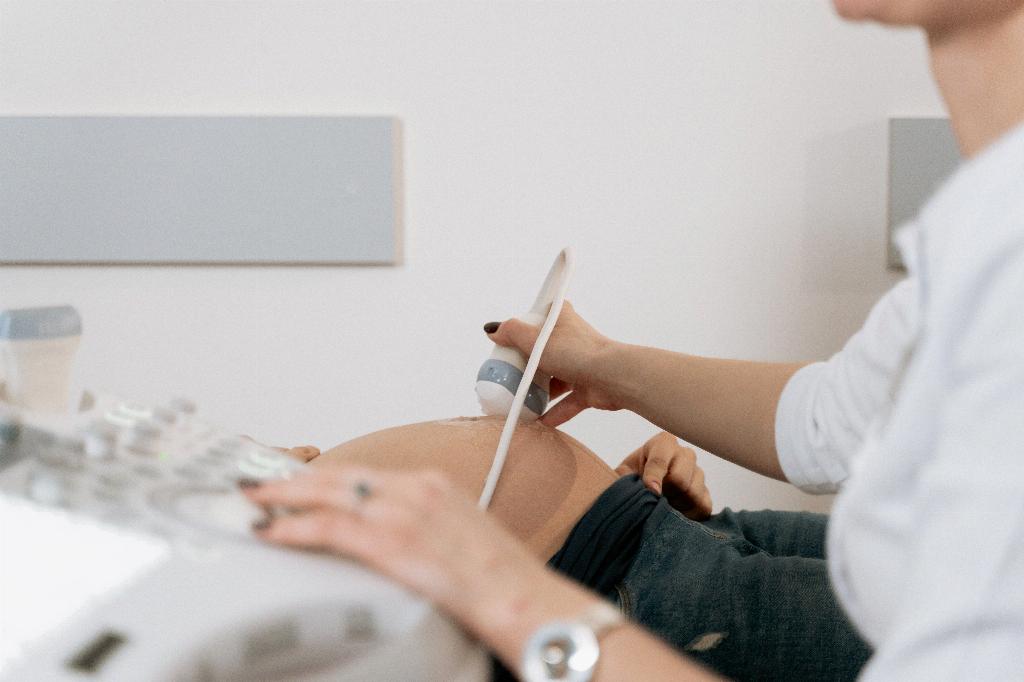When it comes to practicing yoga during pregnancy, it is essential to be cautious and mindful of the poses you engage in. Yoga can be a beneficial form of exercise and relaxation for pregnant women, but certain poses should be avoided to ensure the safety and well-being of both the mother and the baby.
During the first trimester of pregnancy, it is advised to steer clear of poses that involve intense backbends. These poses can put a significant amount of pressure on the abdomen and may not be suitable for the developing fetus. Additionally, twists and forward bends that require forceful contractions or engagement of the abdominals should be avoided as they may strain the muscles and potentially harm the baby.
It is important to be cautious of poses that put excessive pressure on the belly during pregnancy. As the uterus expands to accommodate the growing baby, poses that compress or apply strong pressure on the abdomen should be avoided. This is to prevent any potential complications or discomfort for the mother and the unborn child.
Some poses that involve deep stretches or extreme flexibility should also be approached with caution during pregnancy. While gentle stretching can be beneficial, overstretching or pushing the body beyond its limits can lead to injuries or strain on the muscles, which is something to be avoided during this delicate period.
Poses that involve balancing on one leg or require a strong sense of stability should be performed with care during pregnancy. The body undergoes numerous changes during this time, including shifts in balance and center of gravity, which can make certain balancing poses more challenging and risky for pregnant women.
High-intensity poses that involve vigorous movements or rapid transitions should be avoided during pregnancy. These types of poses can put a strain on the body and may not be suitable for the physical changes that occur during pregnancy. It is important to listen to your body and avoid any poses that feel uncomfortable or strenuous.
Practicing inversions, such as headstands or shoulder stands, should be avoided during pregnancy. These poses involve being upside down, which can affect blood circulation and increase the risk of falls or dizziness. It is best to avoid any poses that involve inversions to ensure the safety of both the mother and the baby.
Deep backbends that require extreme flexibility in the spine should be approached with caution during pregnancy. While gentle backbends can be beneficial for relieving tension and promoting flexibility, deep backbends that put excessive strain on the back should be avoided to prevent any potential injuries or discomfort.
Poses that involve lying flat on the back for an extended period should be avoided during pregnancy. Lying on the back can compress the vena cava, a major vein that carries blood from the lower body to the heart, which can reduce blood flow to the uterus and potentially affect the baby. It is recommended to avoid poses that require lying flat on the back after the first trimester.
Poses that involve deep twists or compression of the abdomen should be avoided during pregnancy. Twists that involve twisting the belly can put pressure on the uterus and restrict blood flow to the baby. It is important to practice gentle twists that are not too deep or intense to ensure the safety of both the mother and the baby.
Poses that require strong core engagement or abdominal contractions should be approached with caution during pregnancy. Excessive straining of the abdominal muscles can increase the risk of diastasis recti, a condition where the abdominal muscles separate during pregnancy. It is important to avoid poses that involve forceful contraction of the abdominals to prevent this condition.
Overall, when practicing yoga during pregnancy, it is crucial to prioritize safety and listen to your body. Avoiding poses that are strenuous, uncomfortable, or risky can help protect the well-being of both the mother and the baby. It is recommended to consult with a healthcare provider or a prenatal yoga instructor for guidance on safe and suitable yoga practices during pregnancy.

